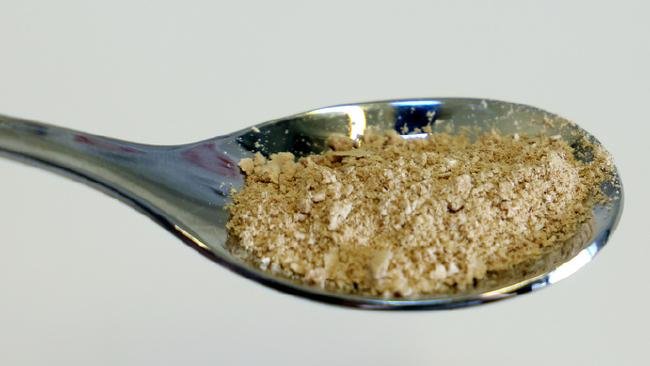Inside BENEO’s new pulse plant: pioneering sustainable protein from faba beans
Research groups from Finland have successfully created protein meals using a series of coffee cup sized ‘Protein Reactors’. For creating this, water, carbon dioxide and microbes were added into the reactor and electricity was supplied. As complex substances can be broken down through electrolysis, this process allowed researchers to gather a small amount of solid material which had a nutrition profile matching that of basic food.
Within a fortnight a spoonful of single-celled proteins were created using these reactors. Finnish researchers believe that this creation of artificial food out of thin air with a few added microbes may provide an alternate source of fodder for animal feeds. Apart from this, it can be used to create the building blocks of meals aboard long-duration space flights and as a rapid response counters to famine.
Currently, the production of one gram of protein takes around two weeks. Researchers are now planning to begin its pilot production. At the pilot stage, the material would be produced in quantities sufficient for development and testing of fodder and food products. Scientists predict that it may take as long as a decade to produce food in large quantities.
“In practice, all the raw materials are available from the air,” Pitkänen was reported telling to a website. “In the future, the (solar powered) technology can be transported to, for instance, deserts and other areas facing famine. One possible alternative is a home reactor, a type of domestic appliance that the consumer can use to produce the needed protein,” he added.
According to a media report, the Finnish researchers say they also hope the technology will help reduce the need for land clearance, and allow existing crop zones to be reforested.
“Compared to traditional agriculture, the production method currently under development does not require a location with the conditions for agriculture, such as the right temperature, humidity or a certain soil type,” says Professor Jero Ahola of LUT.

